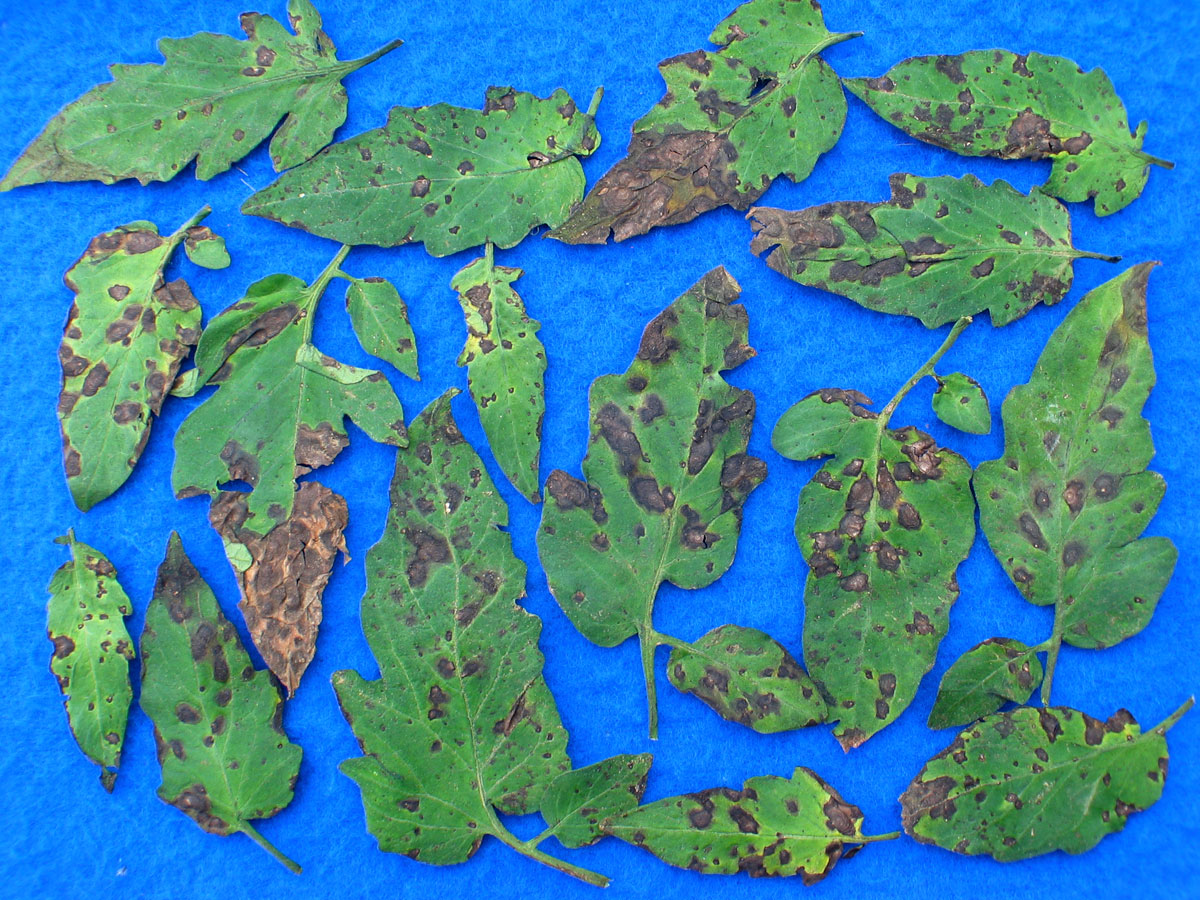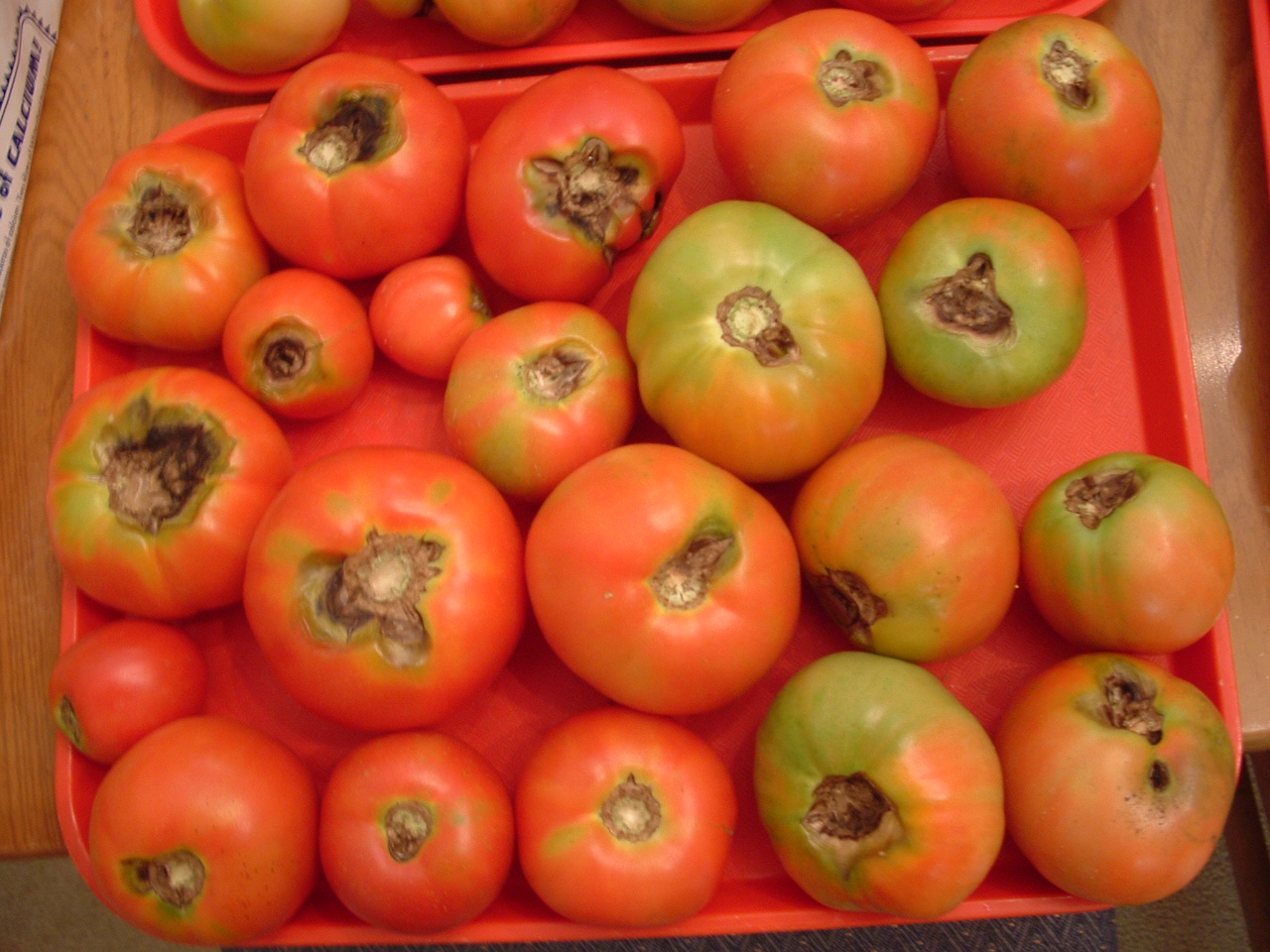

Alternate products and tank mix with chlorothalonil to avoid generating fungicide-resistant strains. After disease is detected in your area, apply fungicides at 5-7 day intervals. View this brief video to help you diagnose late blight!ĭisease Control for Conventional Growers Skip to Disease Control for Conventional Growersīefore disease occurs, apply fungicides at 7-10 day intervals. Also, lesions caused by late blight tend to be light brown or tan in color while lesions caused by early blight tend to be dark brown in color with concentric rings. Lesions caused by late blight can be found anywhere on the plant, but are mostly found on the new growth whereas early blight typically starts on the lower leaves and slowly moves up the plant. Late blight can be differentiated from early blight on tomato and other foliar fungal diseases by where they occur on the plant.

However, these two species are soilborne (as opposed to ariborne) and typically only cause disease after the plants have been flooeded or if the plant had been in contact with wet soil. capsici, can also cause lesions on tomato and tomato fruit similar to those caused by late blight. " Look alike" diseases: Other species of Phytophthora, specifically P. Rotted fruit are typically firm with greasy spots that eventually become leathery and chocolate brown in color ( Figure 4) these spots can enlarge to the point of encompassing the entire fruit. Late blight can also attack tomato fruit in all stages of development. As the disease progresses, lesions enlarge causing leaves to brown, shrivel and die. Spots are visible on both sides of the leaves. During high humidity, white cottony growth may be visible on underside of the leaf ( Figure 2), where sporangia form ( Figure 3 and Figure 5). Field sanitation, e.g.The first symptoms of late blight on tomato leaves are irregularly shaped, water-soaked lesions, often with a lighter halo or ring around them ( Figure 1) these lesions are typically found on the younger, more succulent leaves in the top portion of the plant canopy.Timely application of the fungicide is very important.Alternating the fungicides helps in preventing the pathogen from developing resistance towards either of them.Whenever conducting any foliar spray, mix the fungicide with INTEGRA 3ml/20l in order to improve its efficacy.CADILAC 800WP 50g/20l (for prevention purposes).The following fungicides are effective against early blight disease.

This method of control involves the use of chemicals (fungicides). These lesions could be covered with a mass of black fungal growth as infection progresses.


 0 kommentar(er)
0 kommentar(er)
